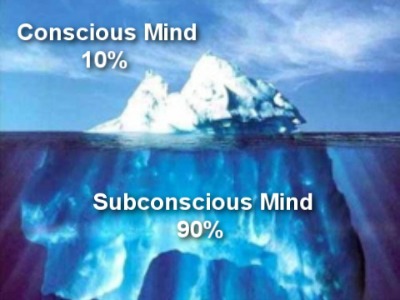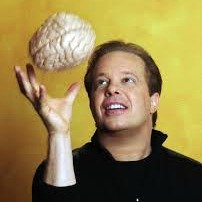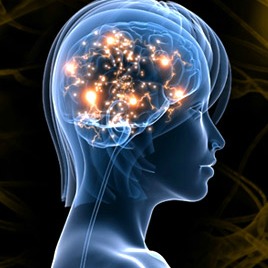How to Change Your Subconscious
Beliefs in Minutes with PSYCH-K
If you've tried affirmations, positive thinking, and creative visualization techniques to change your life, but they don't seem to be working, we've got an answer. For Beyond 50's "Personal Growth" talks, learn from Rita Soman. She is a certified addictions treatment specialist, Self-Actualization Coach and an instructor-practitioner of PSYCH-K in Oregon. Find out about how to change your core beliefs on a subconscious level and bridge it with your conscious level thinking through PSYCH-K. She'll also explain in great depth how highly effective this simple and dynamic method can be used for personal transformation.
Developed by
Robert M. Williams in 1988, he received intuitive insights that combined
various non-standard healing modalities, both ancient and contemporary,
to change your beliefs that became the PSYCH-K process.

Conscious Mind vs. Subconscious Mind
Using the Conscious Mind through willpower, motivation, positive thinking and awareness of beliefs is not enough. To truly access old habits and beliefs that don't serve you, the change needs to take place in the Subconscious Mind.
There are a number of key differences between the two aspects of the brain, according to Williams in his book, "The Missing Peace in Your Life":
- Conscious Mind is Volitional - Sets goals and judges results. Subconscious Mind is Habitual - Monitors the operation of the body, including motor functions, heart rate, respiration, and digestion.
- Conscious Mind Thinks Abstractly. Subconscious Mind Thinks Literally.
- Conscious Mind has Short-Term Memory. Subconscious Mind has Long-Term Memory.
- Conscious Mind is Time-Bound, focusing on the past and the future. Subconscious Mind is in present time only.
- Conscious Mind Has Limited Processing Capacity - Processes an average of 40 bits of information per second and is capable of managing just a few tasks at a time. Subconscious Mind Has Expanded Processing Capacity - Processes an average of 40 million bits of information per second and can handle thousands of tasks simultaneously.
Understanding the PSYCH-K Process
PSYCH-K bridges the Mind and Body Using Muscle Testing (also known as Applied Kinesiology) to communicate with the Subconscious Mind that controls motor and neurological functions of the body through the autonomic nervous system.
Specific
muscles on the body, like a raised arm with downward pressure applied,
can be used to test an affirmation style belief statement that may be
congruent with the Subconscious Mind, showing up as a strong muscle
response. Or, a belief statement may not be congruent with the
Subconscious Mind, showing up as a weak muscle response.
PSYCH-K involves Whole Brain Integration between the right and left hemispheres for whole brain thinking that can produce higher levels of functioning: greater creativity, better recall, flexible self-programming, and "super-learning."
It is important to do Whole Brain Integration because many mistakenly overidentify with one of the two hemispheres, resulting in outward conflicts and self-sabotage.
PSYCH-K Identifies and Communicates with Three Levels of Consciousness: the Conscious, Subconscious, and Superconscious (that holds spiritual wisdom) for Clarity of Intention. Part of its permission protocols, it is important to get the okay from all three to do the PSYCH-K belief change process - setting it apart from other healing modalities that bypass this.
To learn how to do PSYCH-K on yourself or others requires instruction from a certified PSYCH-K practitioner, trained to teach the method.
*Resource: The Website for PSYCH-K Practitioner Rita Soman in Troutdale, Oregon is www.ritasoman.com.
Subscribe to Beyond 50's Radio Updates!
Beyond 50 values your personal information. Your email will
not be used, sold, or
shared with any outside party.
Related Interviews:

Breaking the Habit of Being Yourself

I Believe: When What You Believe Matters

Holistic Brain Neurotherapy: Retrain Your Brain
Recommended Reading:






